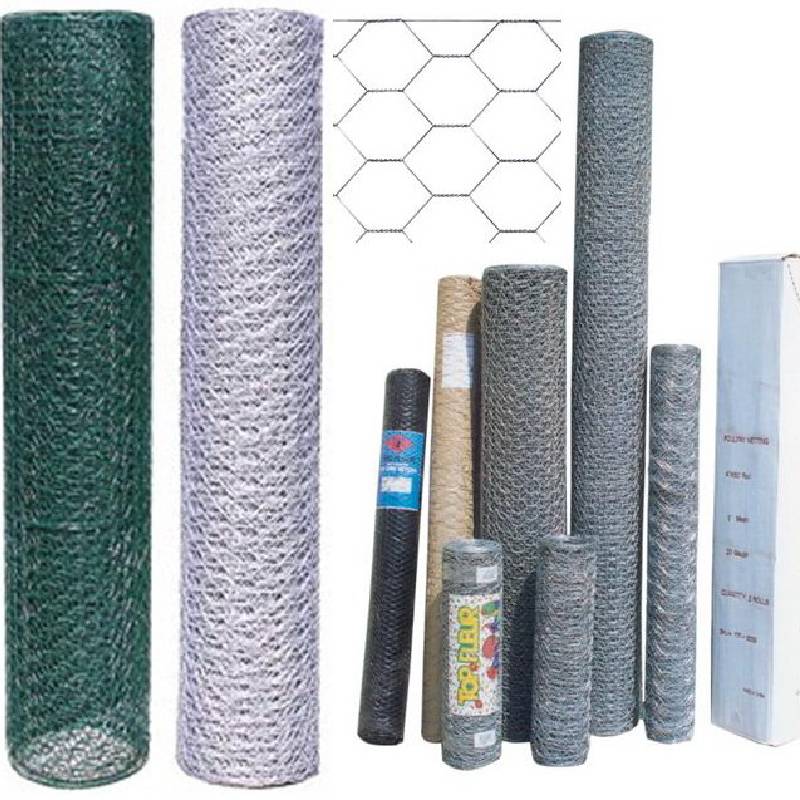
- Mobile Phone
- +8613931874955
- sales@cntcmetal.com
Exploring Various Wire Options for Crafting Stunning Jewelry Pieces
Different Types of Wire for Jewelry Making
When it comes to jewelry making, the type of wire you choose can significantly affect the style, durability, and overall aesthetic of your creations. Jewelry wire comes in various materials, gauges, and finishes, each offering unique properties that cater to specific techniques and designs. In this article, we’ll explore the different types of wire available for jewelry making, helping you make informed decisions for your next project.
1. Material Types
The most common materials used for jewelry wire include
- Sterling Silver This classic choice is composed of 92.5% silver and 7.5% other metals, typically copper. Sterling silver wire is malleable, allows for easy shaping, and has a beautiful luster. It does require maintenance to prevent tarnishing.
- Gold-Filled Wire This wire consists of a thick layer of gold bonded to a base metal. It’s more affordable than solid gold but maintains a beautiful appearance and is durable, making it ideal for high-end jewelry without breaking the bank.
- Copper Wire Copper is a popular choice among beginners due to its affordability and easy workability. It’s soft and can be easily shaped but will oxidize over time, developing a patina that may or may not be desirable depending on your design.
- Aluminum Wire Lightweight and available in many colors, aluminum wire is a fantastic option for beginners and those creating larger pieces
. It’s easy to work with but is softer than other metal wires, making it less suitable for items requiring durability.- Artistic Wire This copper-based wire is coated with a non-tarnish finish, available in various colors and gauges. It’s flexible and perfect for intricate designs and wire wrapping.
2. Gauge Sizes
different types of wire for jewelry making

Wire gauge refers to the thickness of the wire. The gauge number inversely correlates to the wire's diameter; a higher gauge number indicates thinner wire. Here are some common gauges
- 20 to 26 Gauge These thinner wires are excellent for detail work, wire wrapping, and creating intricate pieces. They’re easy to manipulate but may not be ideal for structural components of heavy jewelry.
- 16 to 18 Gauge Thicker wires are perfect for making more substantial hooks, clasps, and frames. They provide strength and support for larger designs while still being manageable for wire-wrapping techniques.
3. Finishes
Jewelry wire also comes in various finishes, which can influence the project's final look
- Polished or Shiny Finish Ideal for those looking for a classic look with maximum shine, typically used in higher-end designs.
- Matt or Satin Finish These provide a more contemporary look, offering a softer appearance and can help hide scratches.
- Colored or Coated Wire Available in a plethora of colors, colored wire can add vibrant touches to your designs. However, be mindful that the color may wear off over time, especially in pieces that experience frequent friction.
Conclusion
Choosing the right wire for your jewelry making is crucial and can make all the difference in your craftsmanship. Whether you prefer the elegance of sterling silver, the affordability of copper, or the vibrancy of colored aluminum, understanding the types of wire available is essential. Consider the project you’re working on, the look you want to achieve, and the wire’s intended use to make the best selection. Happy crafting!
share:
-
Wall Ties for Concrete: Invisible Guardians of Building Structural StabilityNewsAug.08,2025
-
Timber Frame Wall Ties: Stable Bonds for Load TransmissionNewsAug.08,2025
-
Stainless Steel Woven Wire Mesh: A versatile material from boundary protection to functional supportNewsAug.08,2025
-
Powder Coat Coil Springs: Creating peace of mind and reliability with sturdy protectionNewsAug.08,2025
-
Floor Standing Sign Holder: A Powerful Assistant for Flexible DisplayNewsAug.08,2025
-
Binding Iron Wire: An Invisible Bond for Building StabilityNewsAug.08,2025
-
Yard Sign Stakes: Reliable Guardians of Outdoor SignsNewsAug.04,2025



















